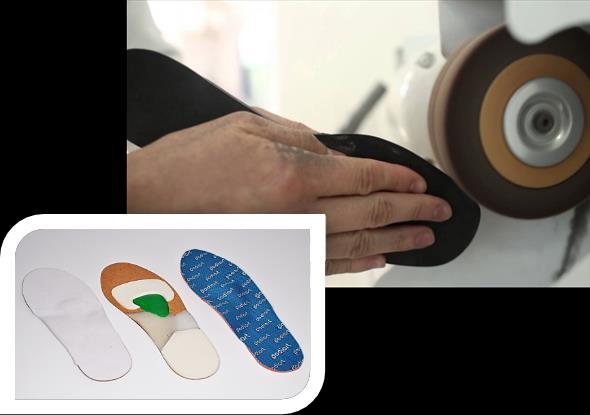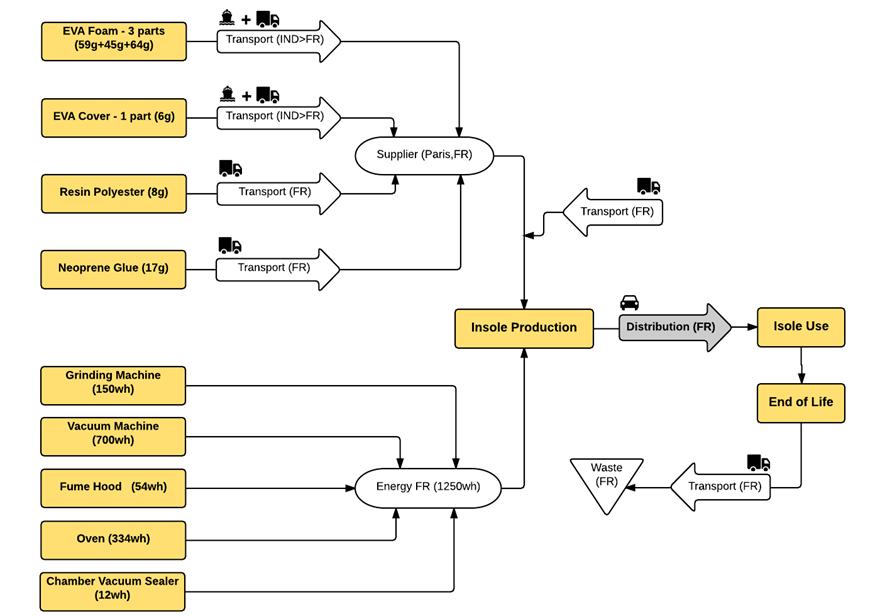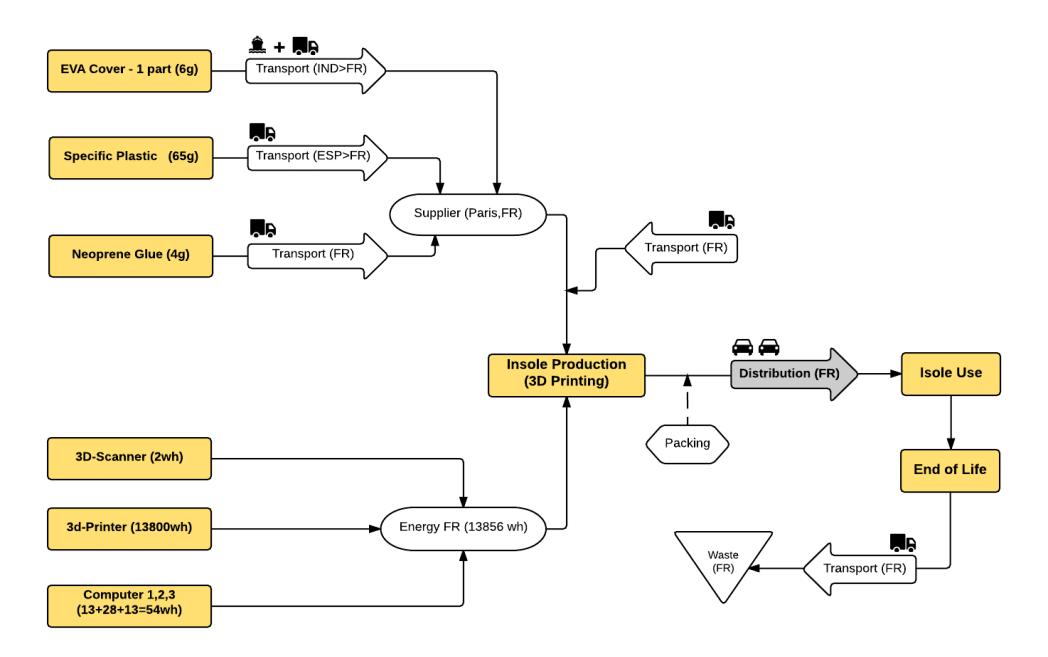French researchers from Grenoble Alpes University have evaluated the environmental impact of 3D printing with a case study focused on the production of orthotic insoles.
The paper, available here, was presented as part of the 12th International Congress of Industrial Engineering. The researchers assessed the production of orthotic insoles with a conventional method in compared to the method used by a 3D printing startup company.

Life Cycle Assessment
To understand the environmental impact of the two processes, the researchers undertook a life cycle assessment (LCA). An LCA is a technique to analyze the environmental impacts of a product through all stages of its life, from raw material extraction to it’s final disposal or recycling.
Through the comparison, the researchers found that,
In Human Health and Climate Change, a 3D-printed insole is about 20% and 25% less impactful respectively. In Resources category, 3D Printed insole overcomes by 35% the impacts of a classic insole.
Relating to materials, the team report the “impacts from 3D printed insole are 65% less than a classic one in the four impact categories.” The four impact categories are Human Health, Ecosystem Quality, Climate Change and Resources.

Results of the LCA
Concluding the research, the team states the 3D printing process “impacts less than a Classic manufacturing considering Material, Distribution, and Usage phases.” While the two processes have similar end of life phases, “in the Production phase, the impacts of 3d-printing manufacturing overcome the other one.”
The research team notes that the length of time the insole takes to print is a considerable factor in relation to environmental impact, and one that varies drastically regarding the 3D printer that is used. The paper notes therefore that, “the way to reduce the environmental impacts of AM for this type of use is reducing the printing time investing in better performance 3D printers and choosing the best energy source.” The paper concludes that the 3D printing process itself is the most environmentally impacting element.

3D printed footwear
The 3D printing of footwear is a growing market and there are a number of companies exploring the industry, including Carbon who have most recently collaborated with sportswear manufacturer Adidas to produce 3D printed midsoles.
While elsewhere, Canadian 3D printing startup, Wiivv has developed the process of 3D printing insoles with proprietary software. The company raised over $500,000 in its latest kickstarter campaign for 3D printed sandals.
The research was carried out by Kléber Da Silva Barros, (Phd Student) Akhmal Ikhan Mansur, (Master Student) and Peggy Zwolinski, (Professor). The full paper can be read here.
For all the latest 3D printing news, subscribe to our newsletter, follow us on twitter and like us on Facebook.
Featured image shows an insole in the process of 3D printing. Image via Gyrobot.


